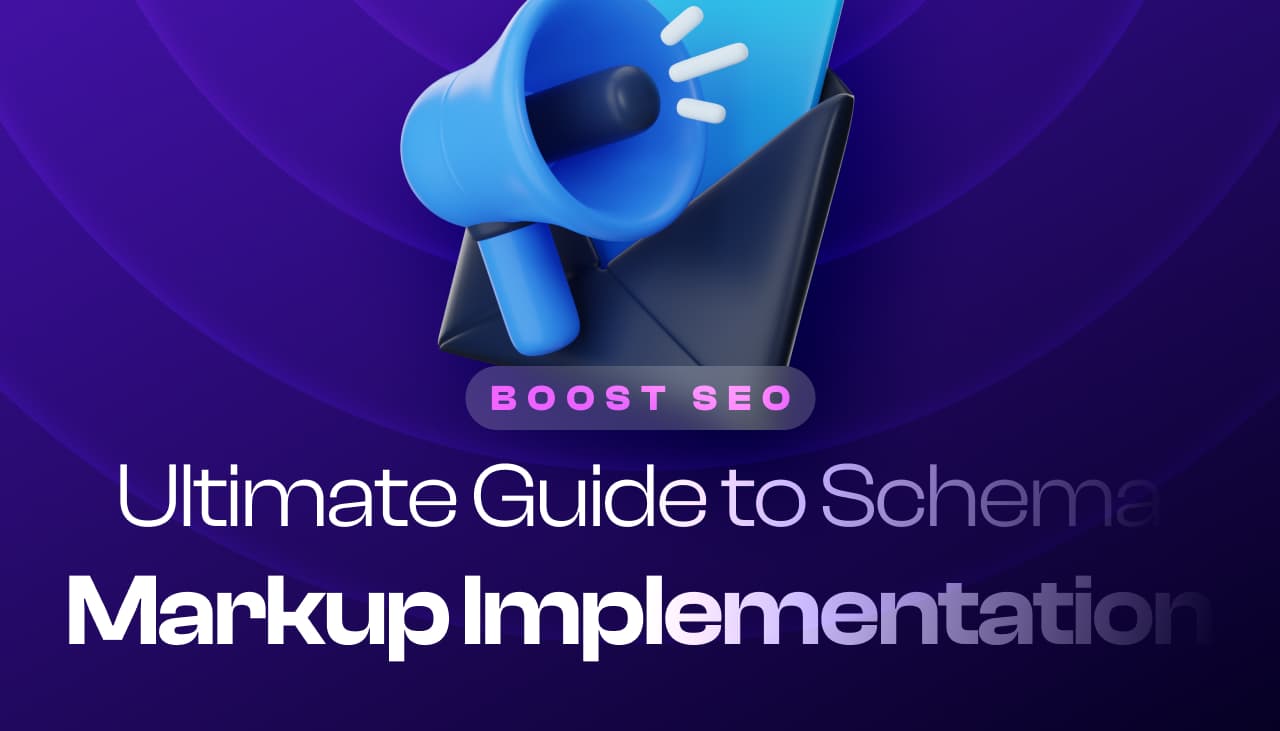Navigating the world of SEO can feel like exploring a dense forest. But there’s a compass that can guide us through: XML sitemaps. They’re not just a technical necessity; they’re our secret weapon in the battle for search engine visibility.
By creating a well-structured XML sitemap, we’re essentially handing search engines a map to our website’s most valuable content. It’s like rolling out the red carpet for Google, making it easier for them to find, crawl, and index our pages.
So, if we’re looking to boost our website’s SEO, diving into the realm of XML sitemaps is a great place to start. Let’s explore how these powerful tools can help us achieve our digital marketing goals.
Table of Contents
Key Takeaways
- XML sitemaps act as a roadmap for search engines, ensuring all important content on a website is discovered, crawled, and indexed, thereby improving SEO visibility.
- Regularly updating the XML sitemap to reflect new additions, deletions, or changes in website content is crucial for maintaining up-to-date search engine indexing.
- WordPress users have access to plugins like Yoast SEO for easy XML sitemap generation, while non-WordPress users can utilize various online tools for sitemap creation.
- Following best practices for XML sitemap creation, such as correct formatting and excluding duplicate or redirecting URLs, is essential for maximizing SEO benefits.
- Submission of the XML sitemap through search engines’ Webmaster Tools, like Google Search Console and Bing Webmaster Tools, is necessary for improving a website’s indexing speed and accuracy.
- Prioritizing important URLs in the XML sitemap guides search engines on which content to index first, enhancing a website’s SEO performance.
What is an XML Sitemap?
An XML sitemap is a roadmap of a website, designed for search engines. It lists all the important pages of a website to ensure search engines can discover and crawl them all. Consider it a digital blueprint that search engines use to efficiently find content on a site.
Unlike a user-focused sitemap, often found in a website’s footer, an XML sitemap is specifically for search engines. It’s structured in a way that search engine crawlers understand, using XML (Extensible Markup Language).
Creating an XML sitemap doesn’t automatically boost rankings. However, it does help search engines index a website more thoroughly. By highlighting the site’s structure and prioritizing valuable content, we make it easier for search engines to understand our site.
Given its importance, we must keep our XML sitemap up to date. Whenever new pages are added or old ones are removed, our sitemap should reflect those changes. This ensures that search engines always have the latest view of our website.
For WordPress users, there are plugins that automatically generate and update the XML sitemap. For those not on WordPress, there are several free online tools available to create an XML sitemap.
Remember, an XML sitemap is not a set-it-and-forget-it tool. Regularly updating it is key to ensuring that search engines can keep up with the changes on our site. This proactive approach ensures our content remains visible in search results.
Why are XML Sitemaps important for SEO?
XML sitemaps are crucial for SEO because they act as roadmaps for search engines. They lead search engines to the most important content on our websites. Without a sitemap, some of our pages might remain undiscovered. This is especially true for pages that aren’t well-linked to from other parts of our site.
Search engines like Google use these maps to crawl our websites more efficiently. This ensures that all our valuable content is indexed. When our content is easily accessible to search engines, our site’s visibility in search results improves. This leads to better traffic and engagement rates.
Moreover, XML sitemaps provide valuable metadata about our web pages. This includes information like when the page was last updated and how often it changes. This helps search engines to crawl our site more intelligently. They prioritize content that is fresh and updated regularly.
In an era where SEO competitiveness is fierce, every advantage counts. An up-to-date XML sitemap is often an overlooked tool that can significantly improve our SEO performance. It’s not just about having a sitemap; it’s about leveraging it to highlight our most important content.
Furthermore, for websites that are large or have a complex structure, XML sitemaps are indispensable. They ensure that search engines can navigate through the maze of content and uncover every valuable piece. This is critical for e-commerce sites, news outlets, and blogs with extensive archives.
Lastly, leveraging XML sitemaps can aid in overcoming the challenges posed by newly created pages or those with few external links. By listing these pages in our sitemap, we’re directly notifying search engines of their existence. This accelerates the indexing process, making our content visible in search results sooner.
How does an XML Sitemap work?
When we discuss how an XML sitemap functions, we’re diving into the mechanics of search engine optimization from a technical standpoint. Essentially, an XML sitemap acts as a roadmap for search engines. It guides them to all the crucial parts of our website. This roadmap isn’t just for looks. It’s a critical tool that search engines utilize to discover and index our web pages more efficiently.
Upon submission, search engines like Google and Bing use our XML sitemap to better understand the structure of our site. This process aids in crawling, ensuring no vital content remains hidden from their radar. One might wonder, Why does this matter? Well, without proper indexing, our content might as well be invisible in the vastness of the internet.
The beauty of an XML sitemap lies in its ability to convey essential information about our web pages. This includes when a page was last updated, how often it changes, and how it relates to other pages on our site. Such metadata is invaluable. It helps search engines prioritize their crawling efforts, focusing on the most important and recently updated content first.
For sites that are large, continually evolving, or feature a significant number of archived pages, the XML sitemap is particularly advantageous. It ensures that new or updated content gets noticed sooner rather than later. This is especially critical for ensuring that our latest and most relevant content reaches our audience through search results rapidly.
Moreover, for newer websites or those with fewer external links, an XML sitemap can be a lifeline. It compensates for the lack of links by directly informing search engines about the existence of pages. This accelerates the indexing process, bringing our content into the search spotlight much quicker than waiting for organic discovery.
Creating an XML Sitemap
Creating an XML sitemap isn’t as daunting as it might seem. We can streamline the process with a few strategic steps. First off, we need to identify all URLs on our site that we want search engines to crawl and index. This includes not only main pages but also blog posts, product pages, and more.
For WordPress users, plugins like Yoast SEO make generating an XML sitemap straightforward. Simply install the plugin, and it does the heavy lifting for us. For those not on WordPress, various online sitemap generators get the job done efficiently. These tools crawl our website, creating a sitemap that helps search engines navigate our content.
Once our sitemap is created, it’s crucial to submit it to search engines. This is done through their respective Webmaster Tools – for example, Google Search Console and Bing Webmaster Tools. By submitting our sitemap, we’re directly informing search engines about our site’s structure, which aids in faster indexing.
It’s important to regularly update our XML sitemap as we add new content or make changes to our website. This practice ensures that search engines quickly discover and index new pages, keeping our site’s visibility in search results up to date.
Additionally, don’t forget to prioritize URLs in our sitemap. Indicating which pages are most important guides search engines on what to index first. An effectively prioritized sitemap can significantly improve our website’s SEO performance.
Remember, an XML sitemap is not set-and-forget; it requires ongoing attention to remain effective. Regular checks and updates are a key part of ensuring our website remains visible and attractive to search engines.
Best practices for XML Sitemaps
When setting up XML sitemaps, it’s crucial to adhere to a set of best practices to maximize their SEO benefits. First and foremost, ensure that your XML sitemap is correctly formatted according to the protocol established by sitemaps.org. This ensures search engines can parse it without issues. Only include URLs that you want to be indexed. Exclude any duplicate pages or URLs that redirect to other pages. This keeps the sitemap clean and focused.
Update your XML sitemap regularly, especially after adding or removing pages. Search engines appreciate up-to-date sitemaps, as they reflect the current structure of your website. Prioritize high-quality and valuable pages in your sitemap. Highlighting your most important content helps search engines understand which pages you deem most significant.
Keep your sitemap file size under 50MB and limit it to 50,000 URLs. If your site is larger, use multiple sitemap files and a sitemap index file. This makes managing your sitemap easier and more efficient. Validate your XML sitemap using tools available online. This ensures there are no errors that could prevent search engines from parsing your sitemap correctly.
Submit your XML sitemap to search engines through their respective webmaster tools. This is a critical step in letting them know where your sitemap is located. Finally, use robots.txt to point to your sitemap’s location. This helps search engines find your sitemap even if you haven’t submitted it directly.
By following these best practices, we can ensure that our XML sitemaps serve their purpose effectively. They become a powerful tool in improving our website’s search engine visibility and, by extension, our SEO efforts.
Conclusion
We’ve journeyed through the pivotal role of XML sitemaps in bolstering SEO efforts and the undeniable benefits they offer in enhancing search engine visibility. Embracing XML sitemaps is more than just a technical step; it’s a strategic move towards achieving our digital marketing objectives. By adhering to the best practices for creating and maintaining these sitemaps, we’re not just making our content more accessible to search engines but also ensuring it reaches our target audience more effectively. Let’s not overlook the importance of regularly updating our XML sitemaps to reflect the latest content on our websites. This ongoing effort can significantly impact our site’s visibility and performance in search results. Armed with this knowledge, we’re better positioned to leverage XML sitemaps as a potent tool in our SEO arsenal. Let’s make the most of this opportunity to guide search engines through our websites, ensuring they discover and index our most valuable content.
Frequently Asked Questions
What is an XML sitemap and why is it important for SEO?
An XML sitemap is a file that lists a website’s most important pages, ensuring search engines can find and crawl them all, thereby improving a site’s visibility in search engine results. It acts as a roadmap for search engines, highlighting valuable content for easier indexing.
How is an XML sitemap different from a user-focused sitemap?
An XML sitemap is specifically designed for search engines to read and understand the structure of a site, whereas a user-focused sitemap is meant for visitors to navigate the website easily. The former is a technical tool for SEO, while the latter improves user experience.
Why should the XML sitemap be regularly updated?
Regularly updating the XML sitemap ensures that search engines are aware of new or updated content on your website. This helps in maintaining current website visibility in search results and aiding the faster indexing of new pages.
How does an XML sitemap improve website visibility in search results?
XML sitemaps serve as guides to search engines, allowing easier discovery, crawl, and index of website pages. This process makes it simpler for search engines to understand your site’s structure and content, potentially enhancing visibility in search results.
What are the best practices for creating and maintaining an XML sitemap?
Best practices include using proper formatting, including only desired URLs, updating the sitemap regularly, prioritizing high-quality pages, managing file size, validating the sitemap, submitting it to search engines, and ensuring it is accessible via robots.txt. Following these guidelines helps maximize the effectiveness of your XML sitemap for SEO.
How can XML sitemaps help with newly created pages or those with few external links?
XML sitemaps can expedite the indexing process for new pages or pages with minimal external links by explicitly notifying search engines about these pages, making them visible in search results sooner than they might be otherwise.






















Responses (0 )